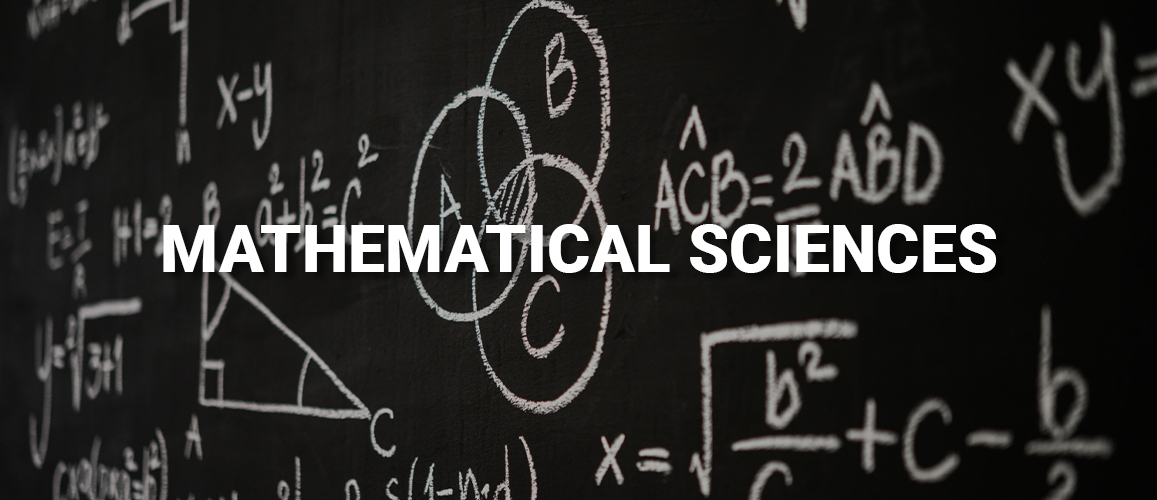Globalisation is a major trend in world development. With the popularisation of the Internet, communication technology has developed rapidly and encouraged spread of knowledge and exchange of ideas. Knowledge and scientific research are also going globalised. From basic scientific research to the development of innovative technology, there are rapid proliferation of cross-region and cross-discipline collaboration. If we look at the major international awards on science subjects in the past two decades, such as the Nobel Prize and the Shaw Prize which is also known as the "Nobel of the East", many prizes were awarded to research teams comprising multinational scientists as well as teams from different parts of the world working together.
A case in point is the Nobel Prize in Chemistry in 2020, it was awarded to two female scientists, Prof Emmanuelle Charpentier of France and Prof Jennifer Doudna of the USA. They jointly published a gene scissors technology called "CRISPR / Cas9" in 2012, which was a major breakthrough in gene editing technology. This technology has been applied to crops and livestock and is expected to be conducive to the treatment of cancer and other genetic diseases. Prof Doudna was awarded Doctor of Science honoris causa by the University of Hong Kong in 2017 and she attended the Congregation Ceremony in Hong Kong, when two generations of scientists came together to inherit the spirit of science and research.
Let’s also not forget the Breakthrough Prize, also known as the "Oscars of Science", in Fundamental Physics 2020 was awarded to the Event Horizon Telescope Collaboration (the EHT) for establishing the first image of a supermassive black hole, which was taken by an Earth-sized alliance of telescopes. The EHT is a collaboration of more than 300 scientists around the world, connecting telescopes from different locations to form a giant radio telescope network with an aperture equivalent to the diameter of the Earth. These telescopes are located in the USA, Mexico, Chile, France, Greenland and Antarctica. The radio telescope does not only capture images of black hole directly but also provide a lot of scientific data, which scientists can construct images of black holes after complex calculations and calibrations. Mr. Chan Chi-kwan, an astronomer from Hong Kong who is a member of the EHT pointed out that cloud computing is very important for this international collaboration and it can provide enormous data to other scientists from around the world.
Thus, it demonstrates that, in addition to curiosity and perseverance in scientific pursuit, the new generation of scientists should also have innovative thinking, international perspective and ability to work in teams.
Looking back at the milestones of scientific development, many trailblazing inventions and discoveries may just be pie in the sky at the early stage. However, after persistent work by scientists and research teams, they were realised and used to shape the future of mankind. For instance, when Mr. James Maxwell, a mathematical physicist, predicted the existence of electromagnetic waves from theoretical calculations in 1865, other scientists cast serious doubt. A hundred years later, electromagnetic waves are widely used in many areas from mobile phone’s wireless networks and e-wallets to weather radars in the sky and satellites in space, making significant contributions to human civilisation, technology development and quality of life.
What seems to be scientific dreams today may become great discoveries tomorrow. Young generation who aspires to become leader in scientific pursuits are encouraged to participate in Laureate Forums to interact and exchange views with world-renowned scientists, so as to cultivate innovative thinking, broaden international perspective, develop supportive network and communicate with different stakeholders with interests in similar scientific and research fields. These experiences will definitely enhance their research strength, improve their skills, facilitate gathering of resources and encourage cross-cultural and cross-boundary collaboration.
January 2020


